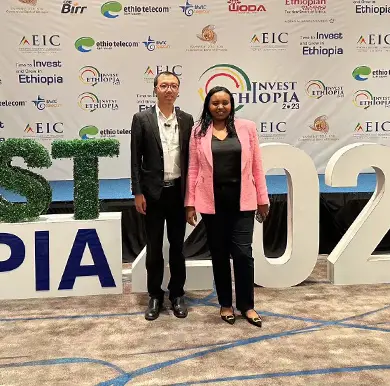
авг. . 21, 2024 01:01 Back to list
High Performance Tile Adhesive with HPMC for Superior Bonding Solutions
The Role of HPMC in Tile Adhesive Formulations
Tile adhesive is a fundamental component in the construction and renovation of buildings. It ensures that tiles are securely attached to various surfaces, providing durability and aesthetic appeal. Among the various additives used in tile adhesives, Hydroxypropyl Methylcellulose (HPMC) stands out due to its versatility and performance-enhancing properties.
HPMC is a non-ionic, water-soluble polymer derived from cellulose, a natural polymer found in the cell walls of plants. Its chemical structure allows it to form a gel in solution, which leads to several advantageous properties that enhance the performance of tile adhesives. One of the primary benefits of incorporating HPMC into tile adhesive formulations is its ability to improve the workability of the adhesive. The addition of HPMC creates a smooth, creamy consistency that makes the application process easier for contractors and DIY enthusiasts alike. This feature is especially beneficial when applying tile adhesives in large areas or on vertical surfaces, as it allows for better control and adherence during installation.
The Role of HPMC in Tile Adhesive Formulations
Moreover, HPMC plays a vital role in improving the adhesion properties of tile adhesives. Its unique structure allows it to interact with both the cement matrix and the surface of the tiles, resulting in a strong interfacial bond. This bond ensures that the tiles remain in place over time, reducing the risk of cracking or delamination. The enhanced adhesion bestowed by HPMC is particularly important in high-stress environments, such as areas exposed to heavy foot traffic or thermal expansion.
tile adhesive hpmc

Another noteworthy advantage of incorporating HPMC into tile adhesives is its impact on the drying time. HPMC can help modulate the setting time of the adhesive, providing flexibility for installers. With HPMC in the formulation, workers have more time to adjust and reposition tiles before the adhesive fully cures. This feature can be invaluable when working with intricate tile patterns or during larger installations that require precision.
In terms of environmental considerations, HPMC is also favored as it is derived from natural sources and is biodegradable. This aspect aligns with the growing demand for sustainable building materials, as more consumers and builders seek eco-friendly alternatives.
However, while HPMC offers numerous benefits, it is essential for manufacturers to optimize its concentration in tile adhesive formulations. Too much HPMC can lead to issues such as reduced strength or prolonged drying times, while too little may fail to deliver the desired workability and water retention. Thus, a careful balance must be achieved to ensure that tile adhesives perform as intended.
In conclusion, Hydroxypropyl Methylcellulose (HPMC) is a key additive in tile adhesive formulations, contributing to enhanced workability, water retention, adhesion strength, and flexibility during installation. As the construction industry continues to evolve, the importance of HPMC in creating high-performance, reliable tile adhesives cannot be overstated. As builders and consumers increasingly prioritize quality and sustainability, the role of HPMC will likely continue to grow in significance, ensuring that tile installations remain durable and aesthetically pleasing for years to come.
-
Versatile Hpmc Uses in Different Industries
NewsJun.19,2025
-
Redispersible Powder's Role in Enhancing Durability of Construction Products
NewsJun.19,2025
-
Hydroxyethyl Cellulose Applications Driving Green Industrial Processes
NewsJun.19,2025
-
Exploring Different Redispersible Polymer Powder
NewsJun.19,2025
-
Choosing the Right Mortar Bonding Agent
NewsJun.19,2025
-
Applications and Significance of China Hpmc in Modern Industries
NewsJun.19,2025







